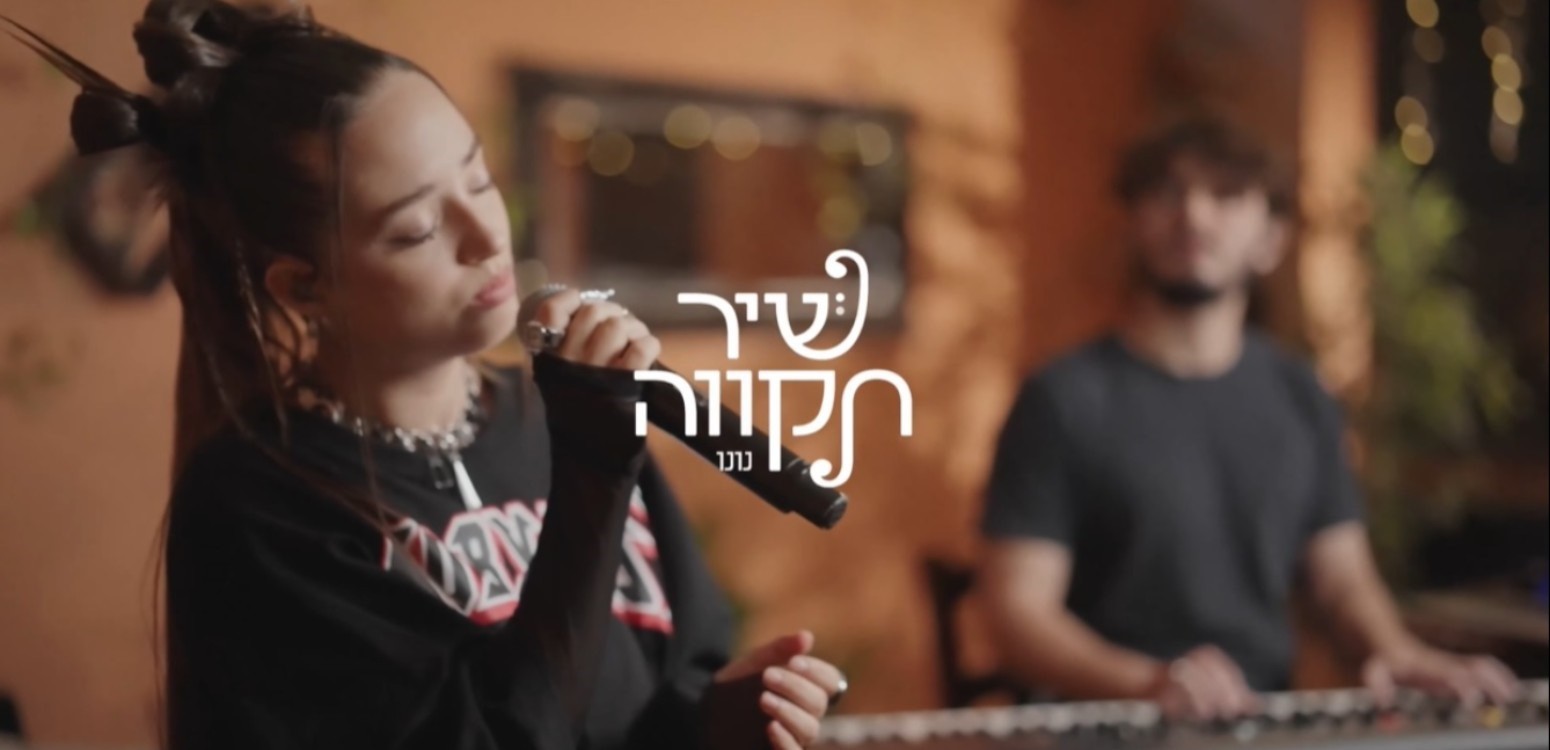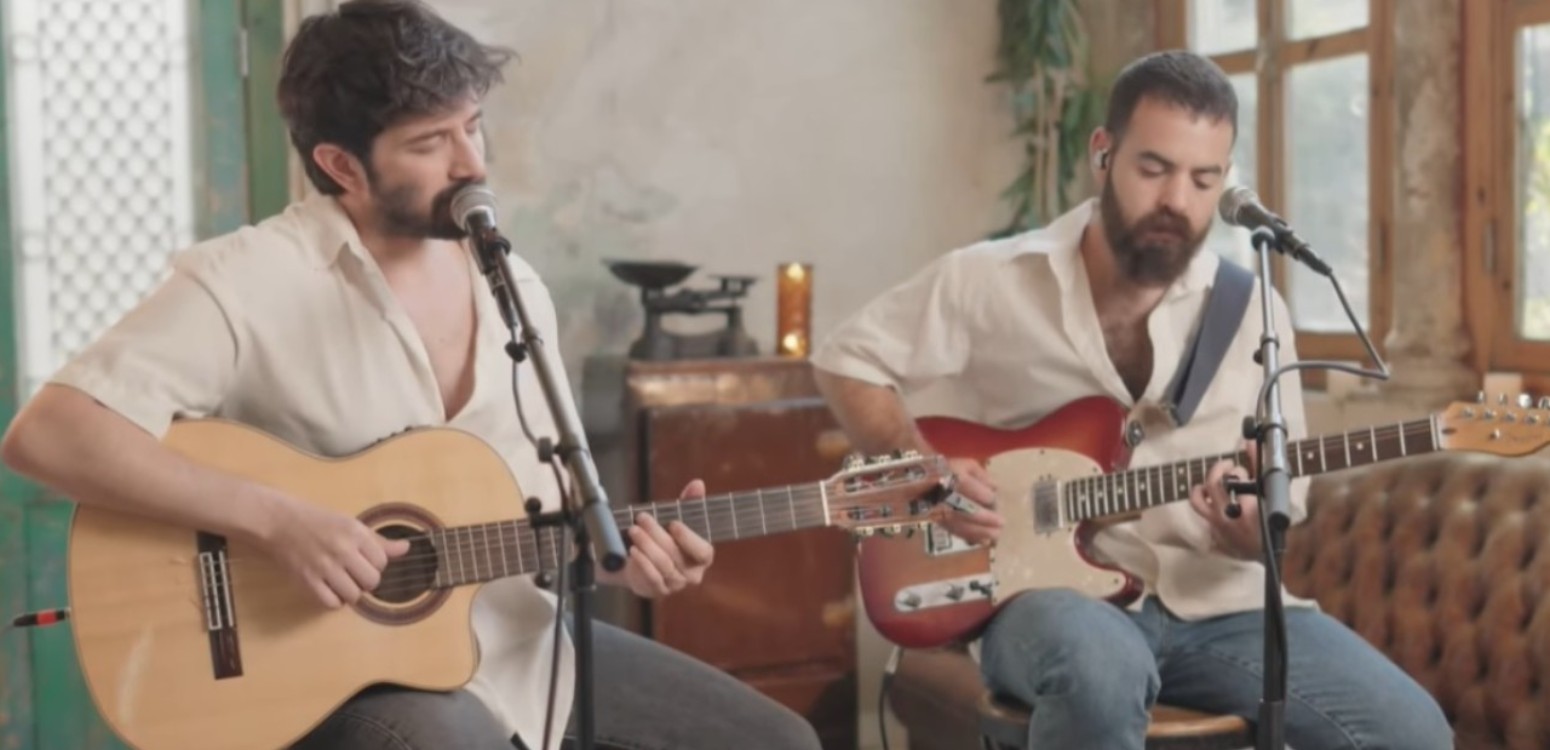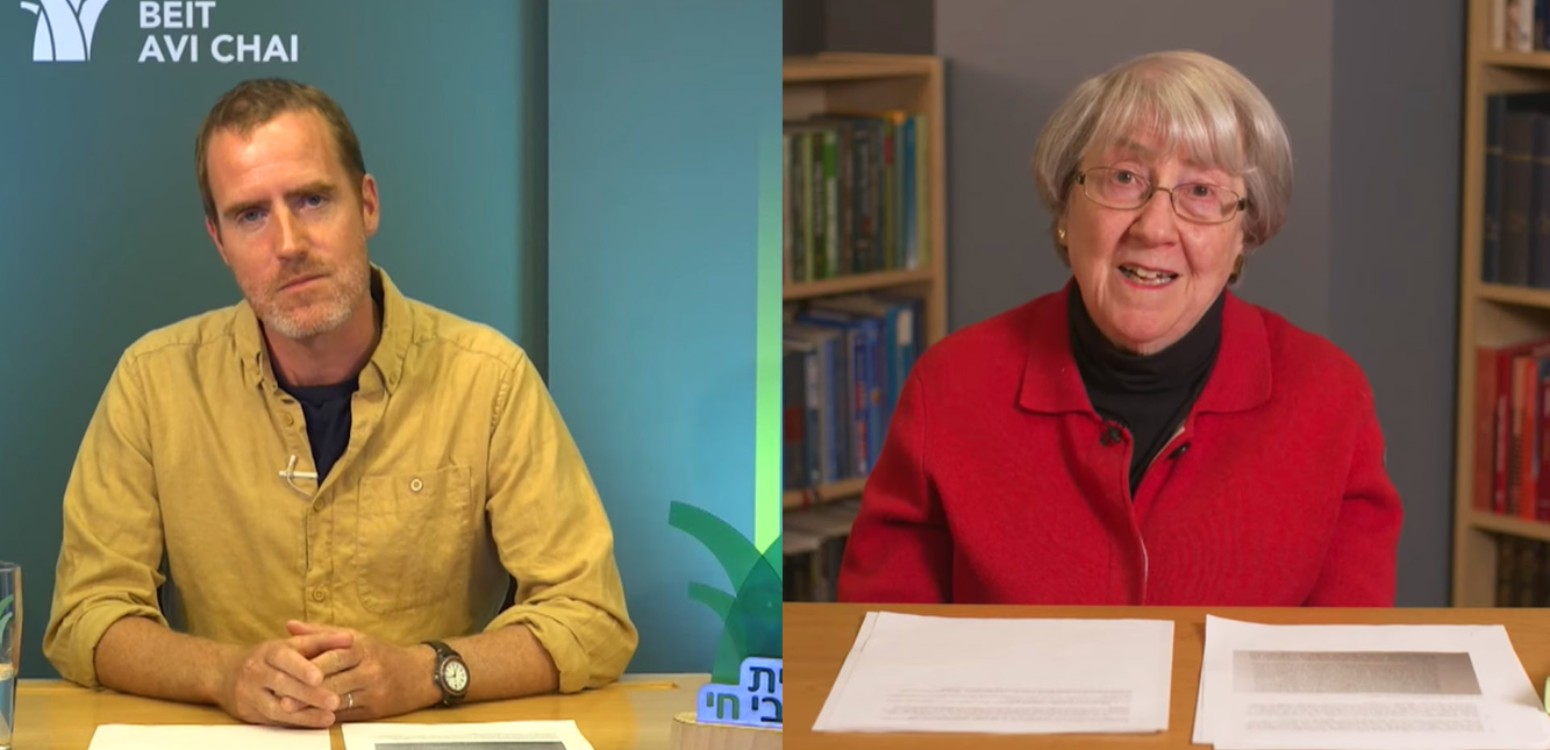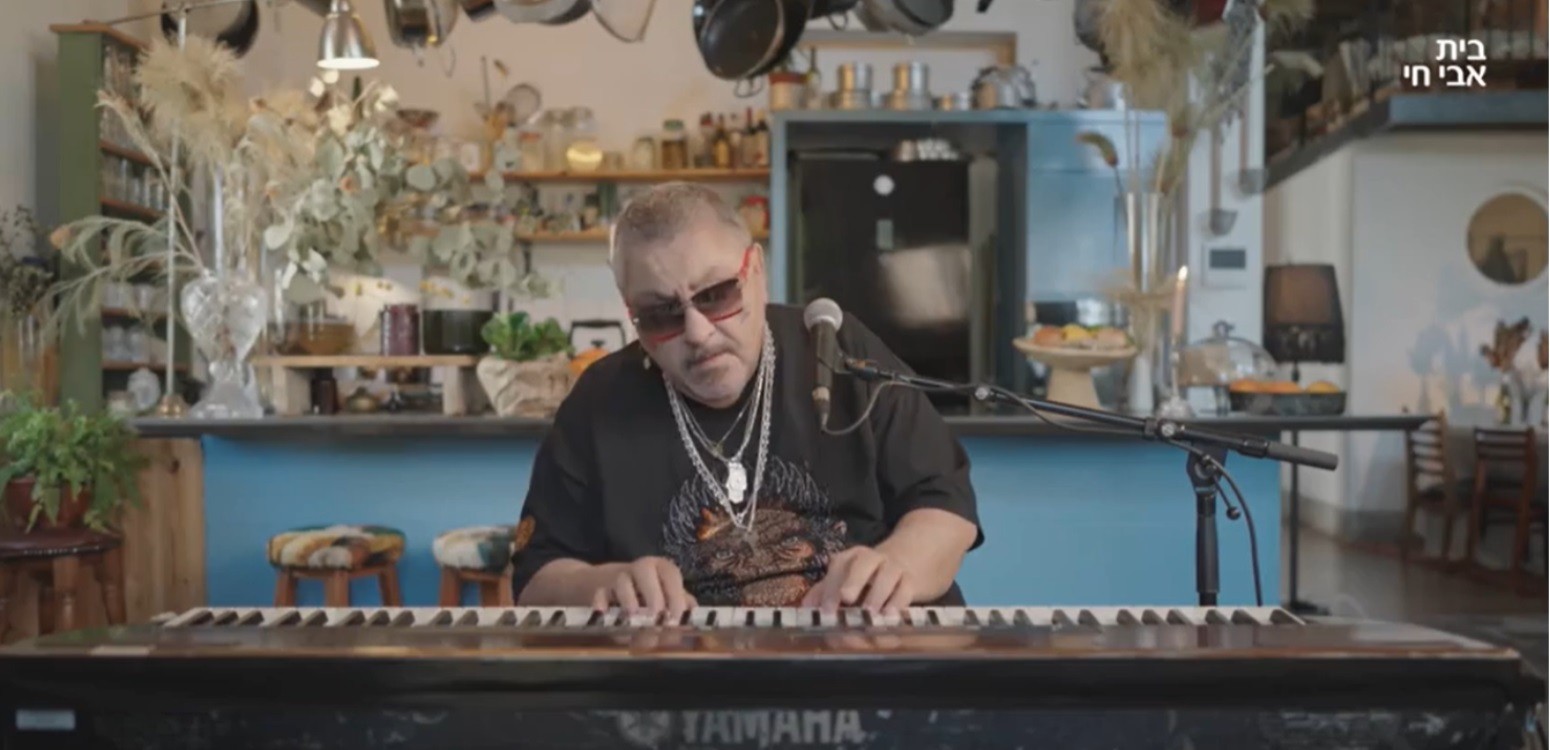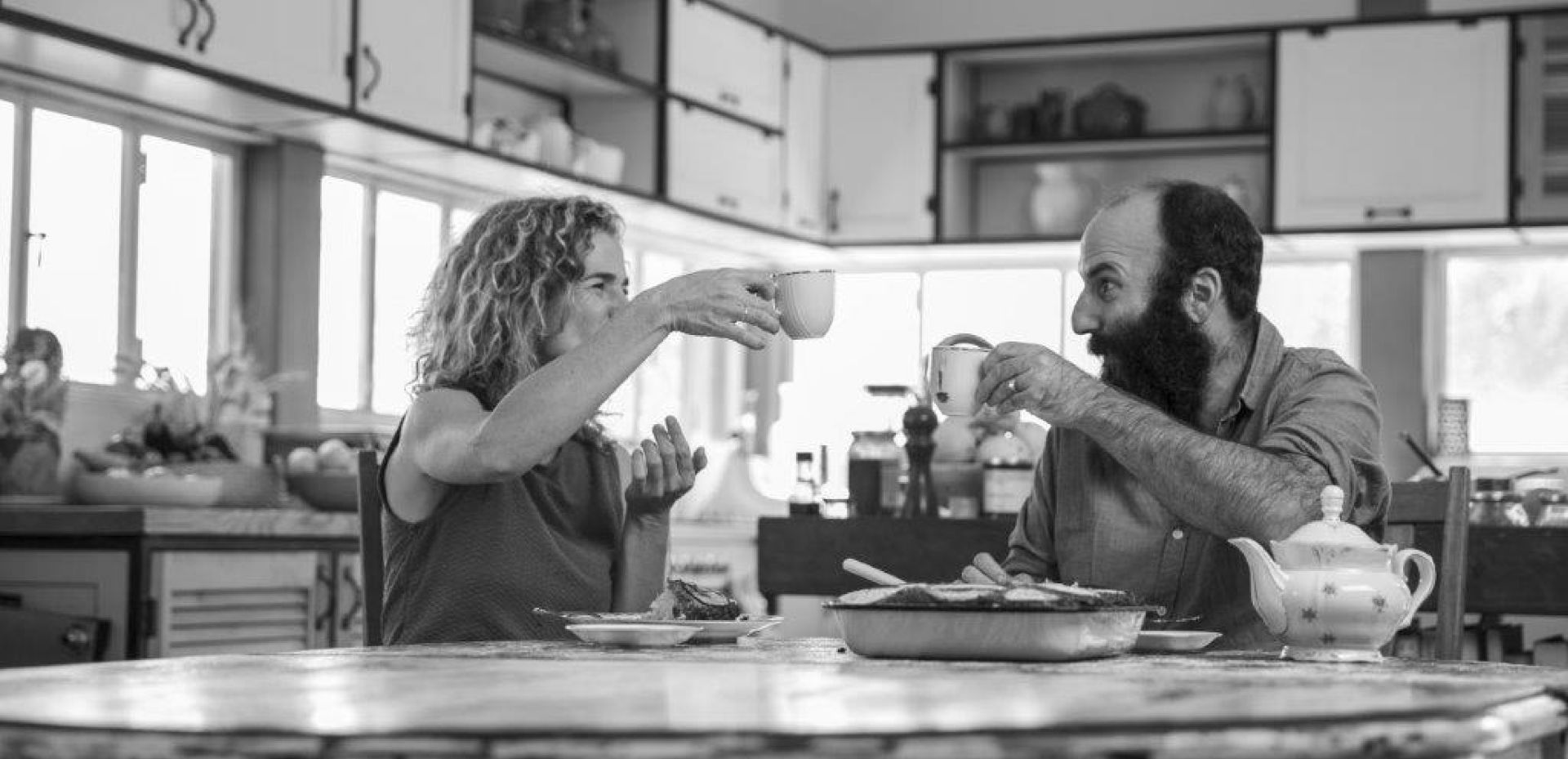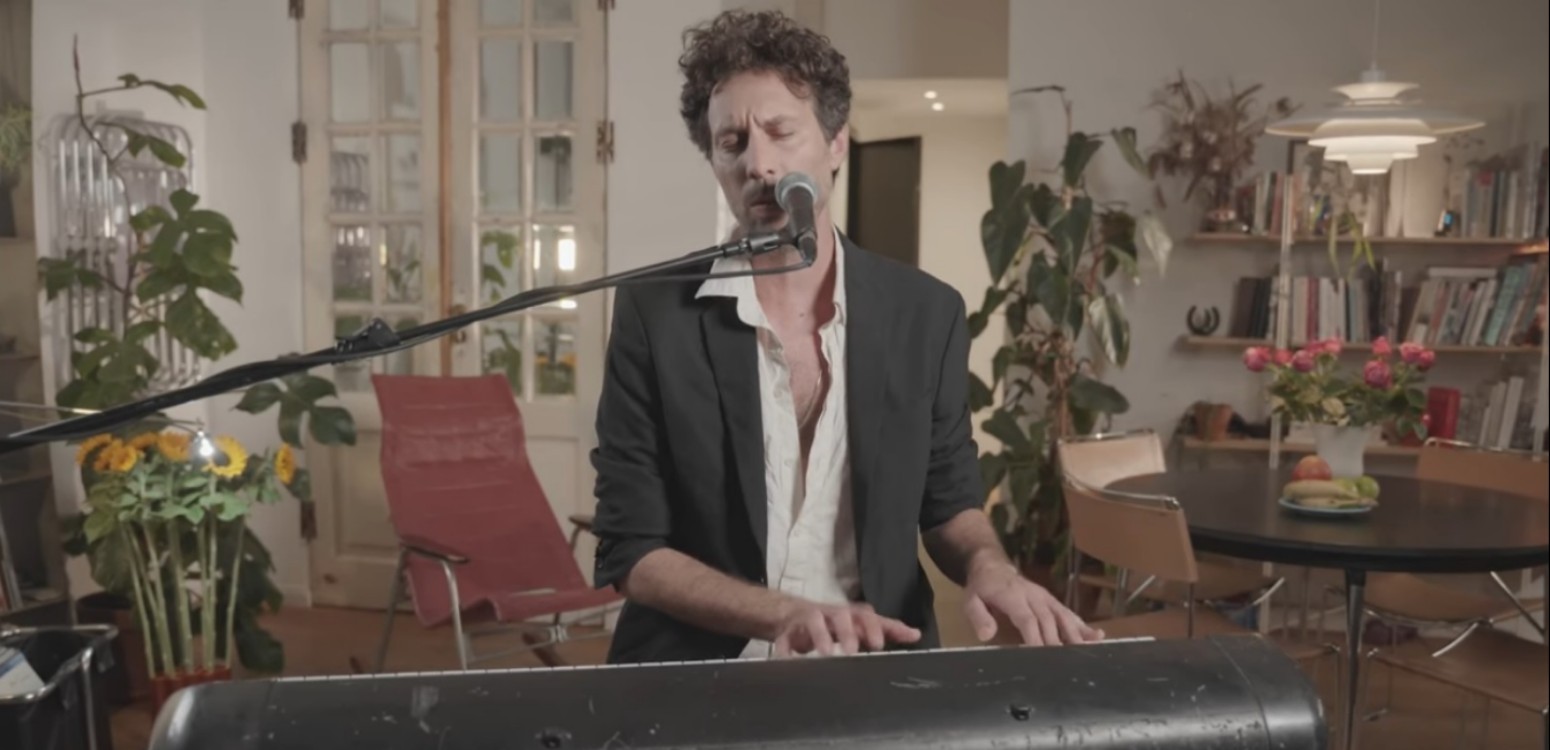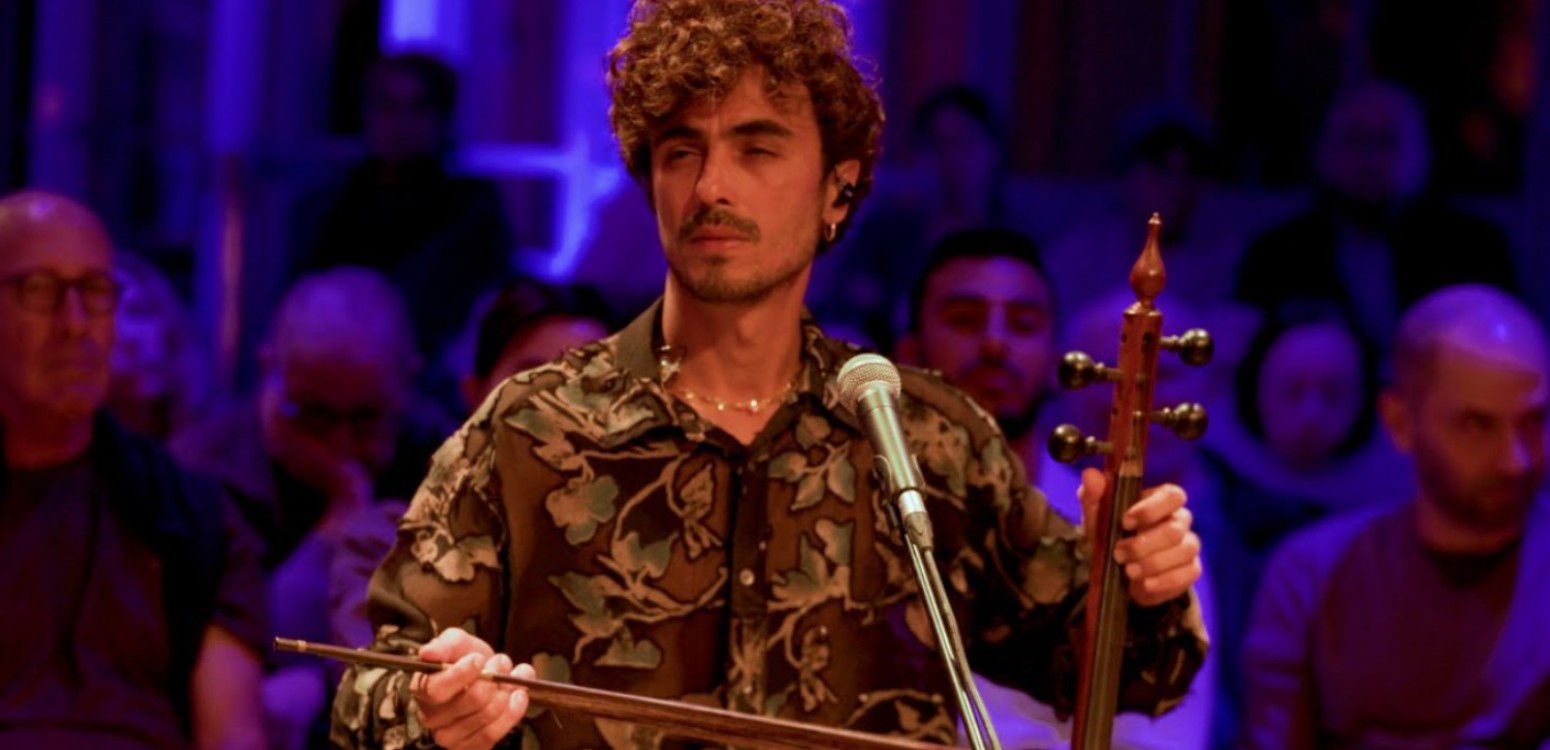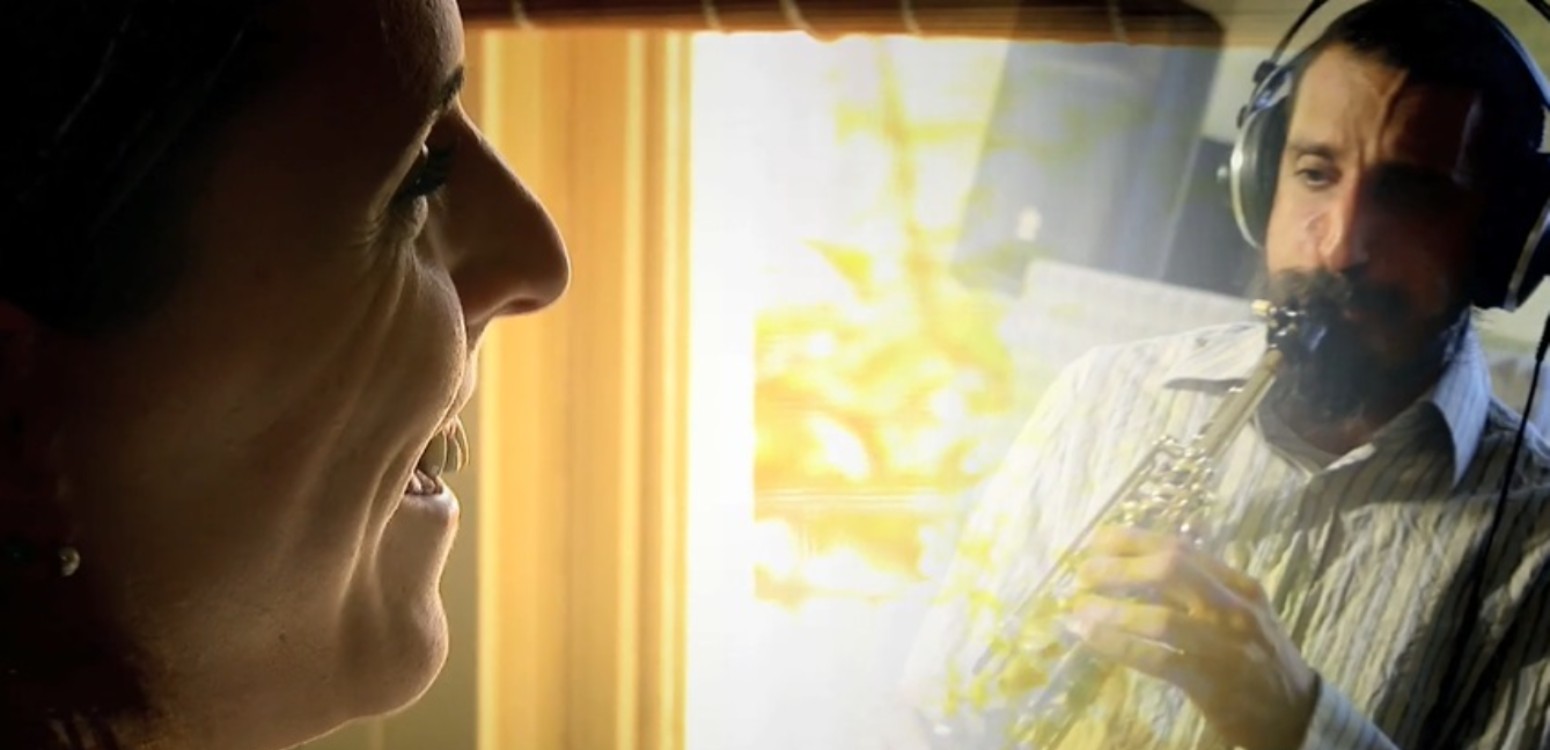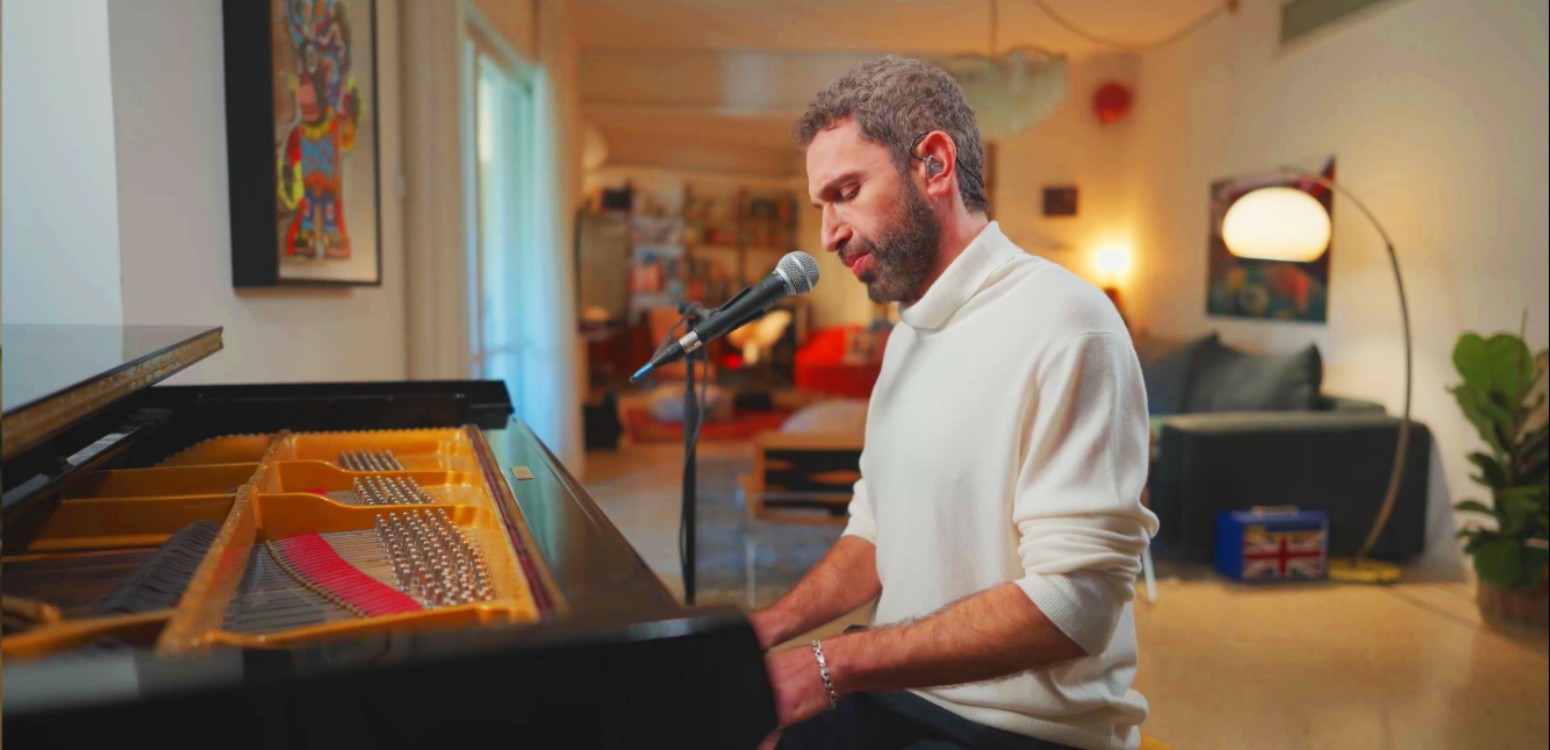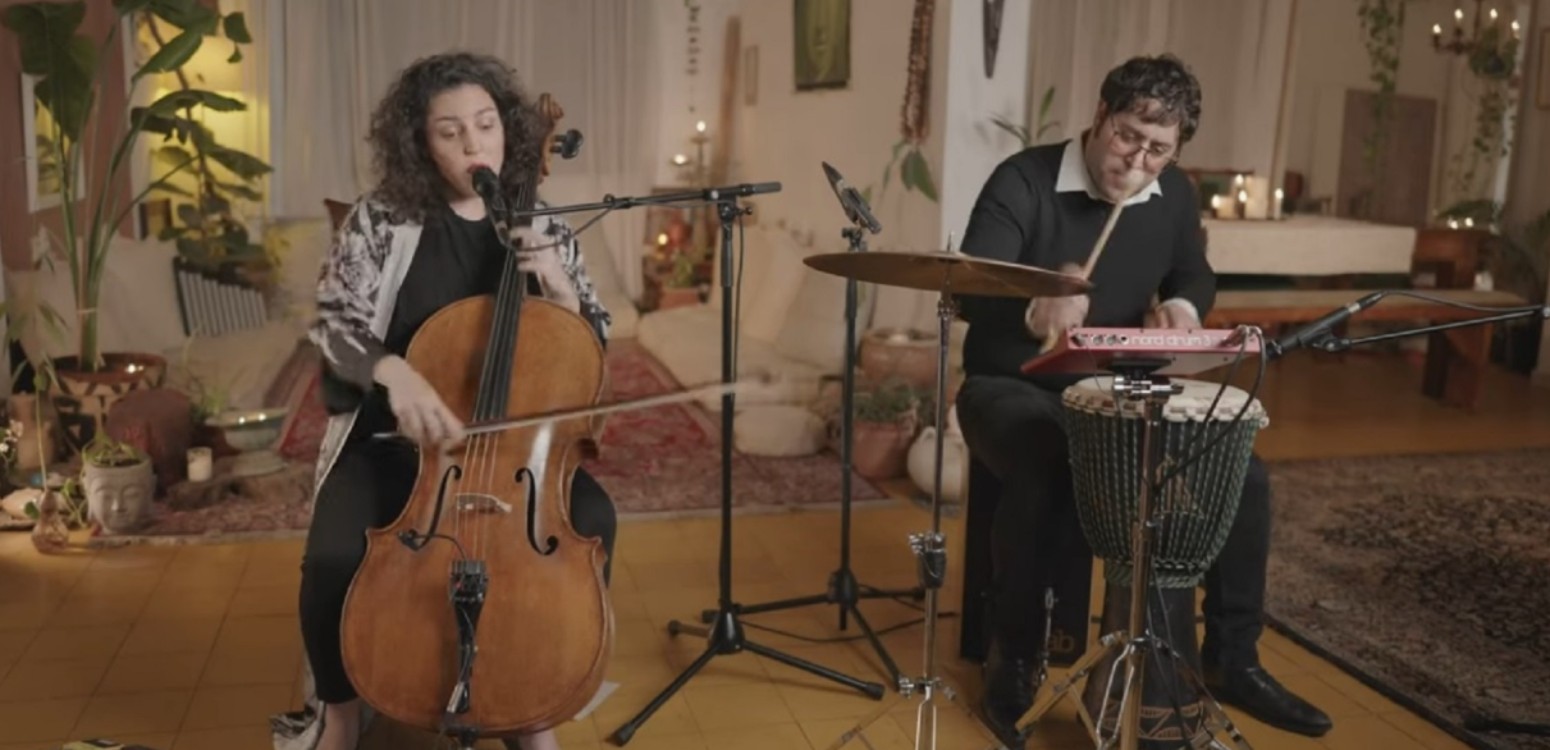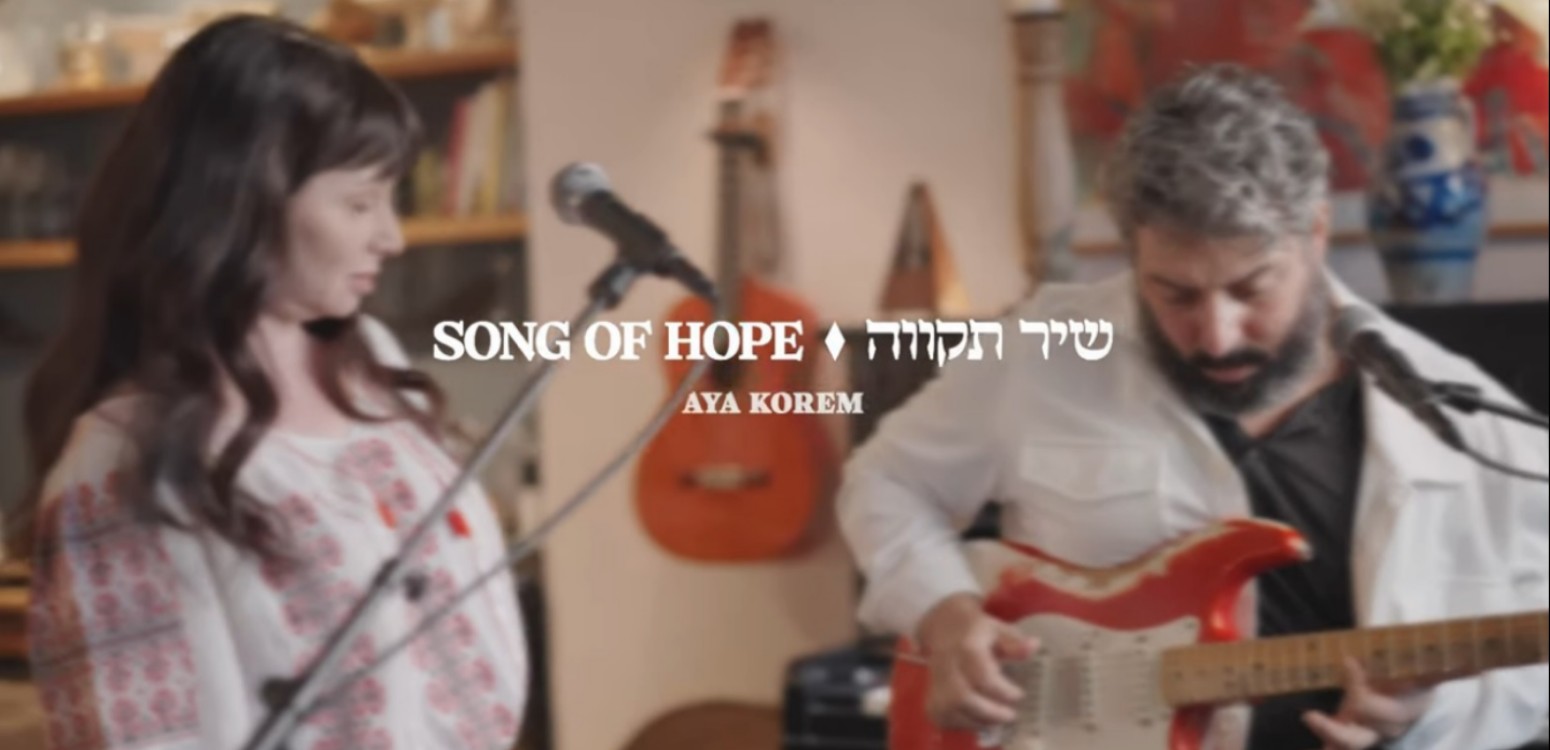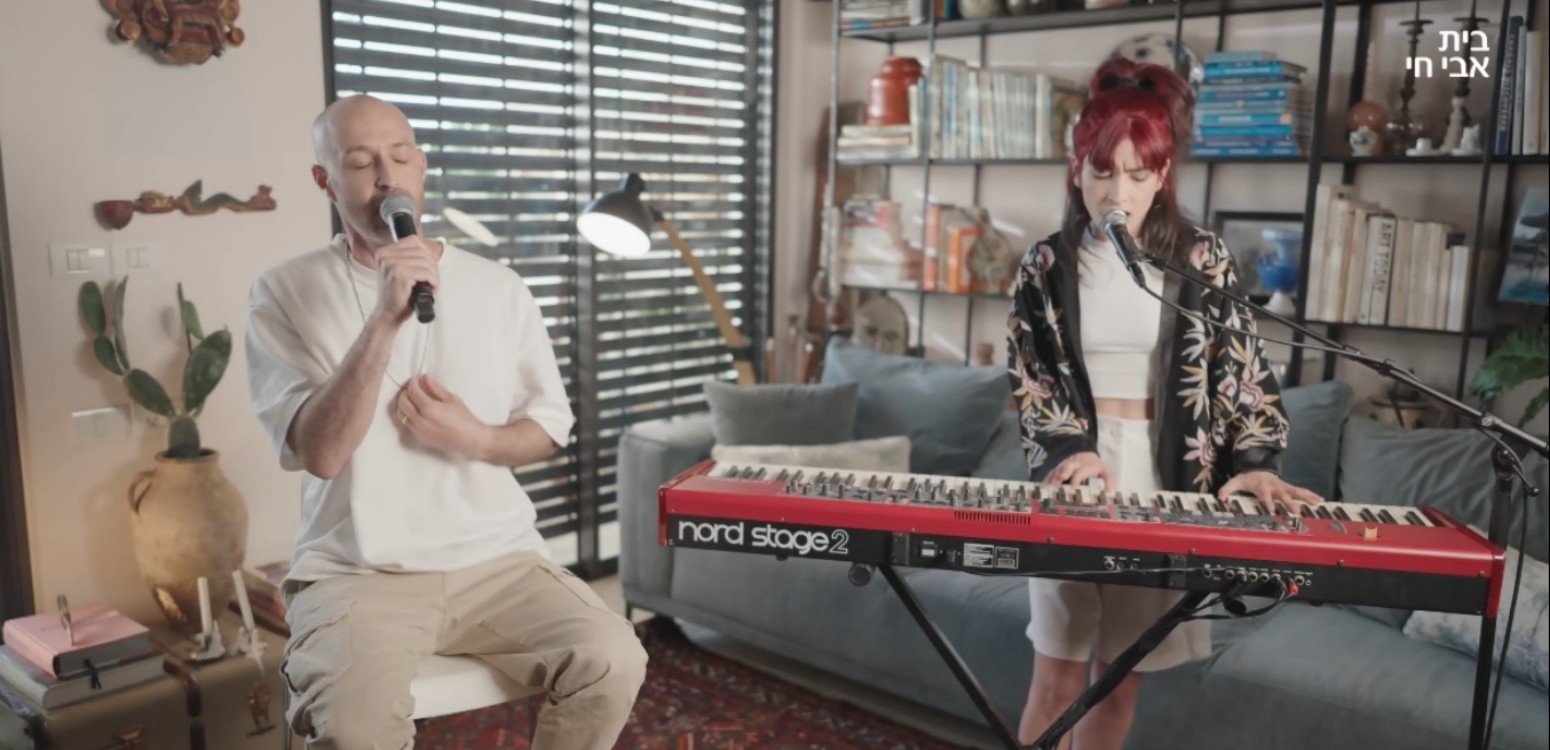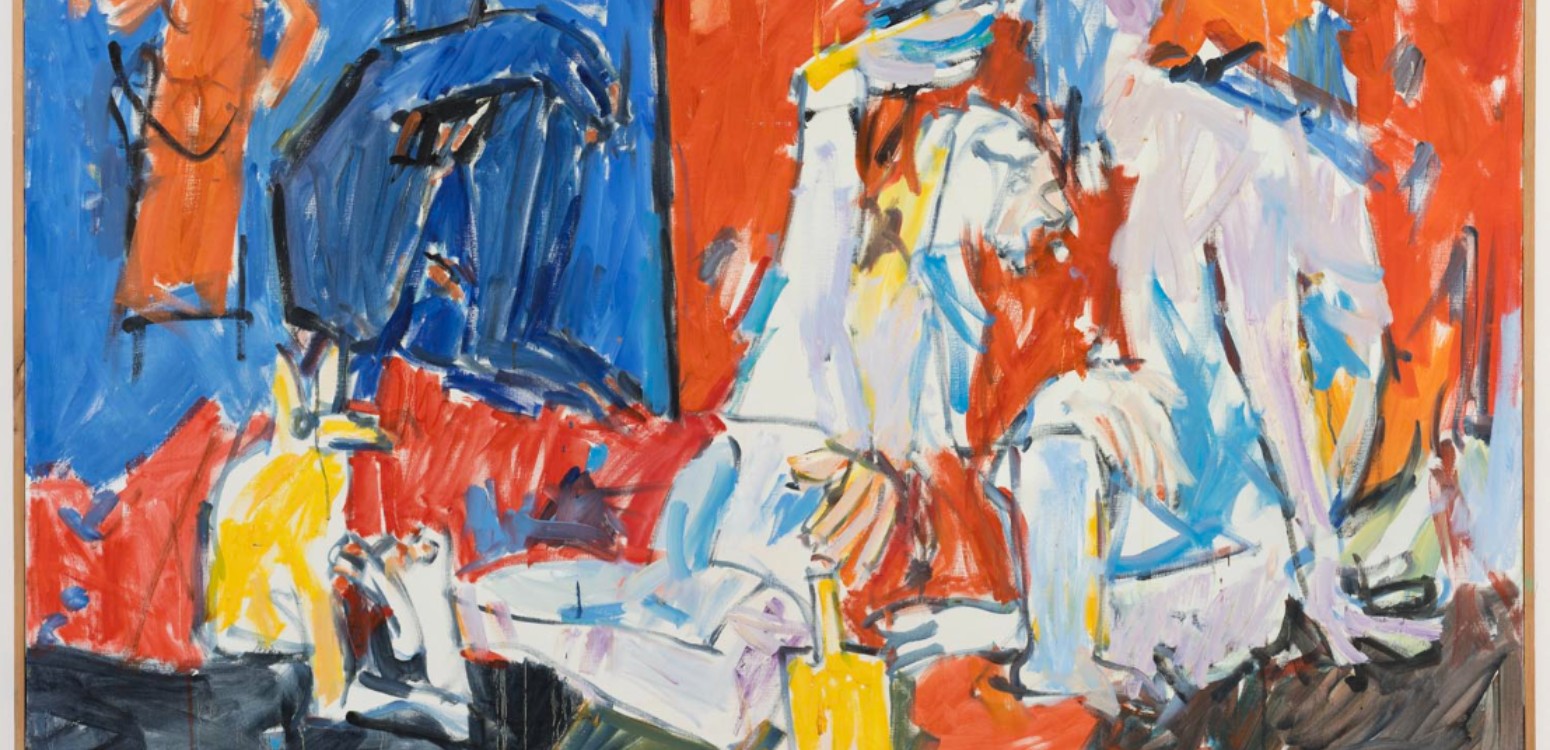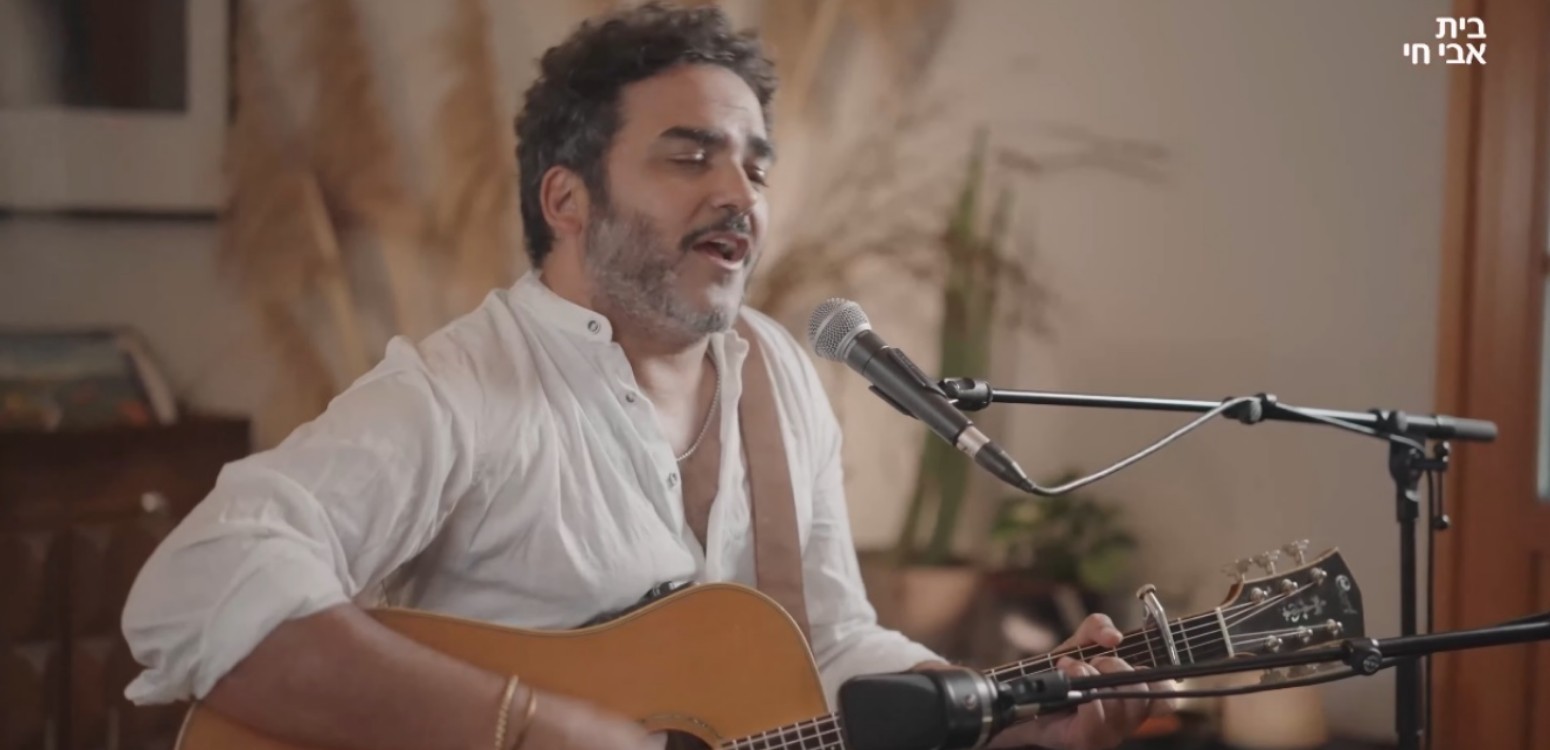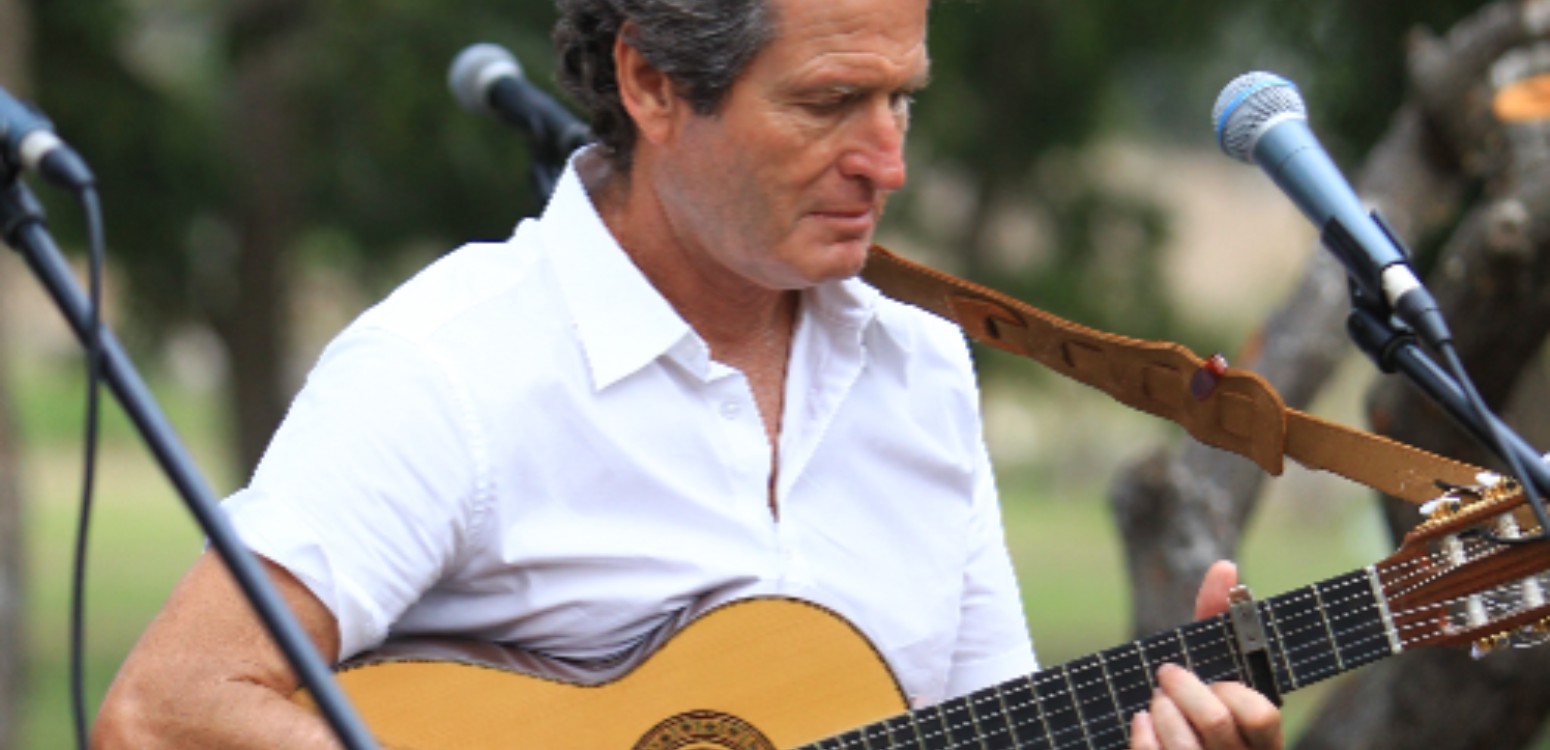This September marks 30 years since the passing of one of Israel’s most revered composers, whose songs achieved canonical status in Hebrew music. Ten facts about Sasha Argov
1
Sasha Argov was born Alexander (Sasha) Abramovich in Moscow in 1914. Years later, his friend, writer and artist Benjamin Tammuz advised him to change his surname from Abramovich to Argov. Argov was to become one of Israel’s most revered composers of popular music, receiving prestigious awards and having streets throughout the country named after him.
2
Sasha’s pianist mother filled their home with classical music. At four, he began playing piano exhibiting extraordinary talent: he could learn entire pieces by ear and improvise effortlessly. Since he refused to read sheet music, lessons were unconventional – his teacher played, Sasha repeated from memory alone. His mother transcribed his childhood compositions, but these notebooks were unfortunately lost. Despite his obvious talent, the Soviet system barred him from formal conservatory training because his parents didn’t belong to the working class.
3
After a long wait, the Abramovich family immigrated to Palestine in 1932. Sasha, who was then 18 – too old to be included in his parents’ entry permit to the country – arrived a year and a half after them. The family lived together in a small apartment on Yehuda Halevi Street in Tel Aviv.
4
Sasha Argov preferred to separate his livelihood from his music in order to maintain absolute musical freedom. For 22 years he worked as a cashier at a bank – a job that according to him, did not suit him and did not interest him one bit.
5
Aside from music, Argov’s great love in life was Russian literature. His favorite place in Tel Aviv was the Russian-language bookstore “Boleslavsky” on Allenby Street, which was a cultural hub for lovers of Russian culture in Israel. In the late 1950s Argov became a partner in the shop and worked there for years.
6
When Argov set Haim Gouri’s wartime poem Hareut (meaning friendship, comradeship, or, in this case, brotherhood in arms) to music in 1949, he created more than just a song – he crafted a national anthem of loss and brotherhood and a song that became the symbol of Israel’s 1948 War of Independence. Hareut captures the raw grief of young soldiers mourning fallen comrades in this war. Argov’s melody transformed Gouri’s verses about sacrifice and solidarity into something transcendent. The song was originally sung by the Chizbatron – the Palmach band – and was later covered by the Nahal Entertainment Troupe, Shoshana Damari and Yehoram Gaon, among others.
7
In addition to Haim Gouri, Argov composed over a thousand songs, putting the words of Israel’s finest poets and lyricists to music. Among others, he supplied the melody to the words written by Nathan Alterman, Tirza Atar, Leah Goldberg, Haim Hefer, Rachel, Nathan Yonatan, and Nathan Zach.
8
In the 1950s and 1960s, after establishing himself as the leading composer for the Palmach, Argov composed songs for a long line of military bands, among them the extremely popular Nahal Entertainment Troupe; and crowd-pleasing entertainment ensembles Batzal Yarok (“Green Onions”) and HaTarnegolim (“The Roosters”). Later, Argov also composed for popular bands such as the Yarkon Bridge Trio, the Hamzizim band, the iconic comedy and music trio HaGashash HaHiver, and many more. Later he collaborated with Matti Caspi, who was greatly influenced by him as a composer, and vocalist Ora Zitner.
9
Argov loved to compose for the theater and he worked with Israel’s finest theater companies. His biggest theatrical success was the musical Shlomo HaMelech ve Shalmai HaSandlar, featuring the book by Nathan Alterman based on his Hebrew adaptation of a play by Sammy Gronemann.
In the early 1960s, when Israel was mostly performing imported musicals, director Shmuel Bonim decided to turn Gronemann’s original play into a Hebrew-language original musical. It premiered in at the Cameri Theater in Tel Aviv in 1964, starring Yona Atari, Illi Gorlitzky and Rachel Attas, to enthusiastic reviews. The production enjoyed extraordinary longevity, with numerous companies staging it, drawing audiences well into the 1990s.
10
Argov’s melodies were written in a complex and unique musical language, incredibly sensitive to the written word and combining a variety of styles. He drew inspiration from a diverse array of musical traditions – spanning classical compositions, European art songs, Russian folk melodies, French chansons, ballroom dance music, Latin-American rhythms, jazz, pop, and rock. He crafted his compositions using a remarkably sophisticated musical vocabulary that seamlessly wove together both mainstream and highbrow influences.
Main Photo: Sasha Argov By Boris Carmi /Meitar Collection / National Library of Israel / The Pritzker Family National Photography Collection, CC BY 4.0,\ Wikipedia
